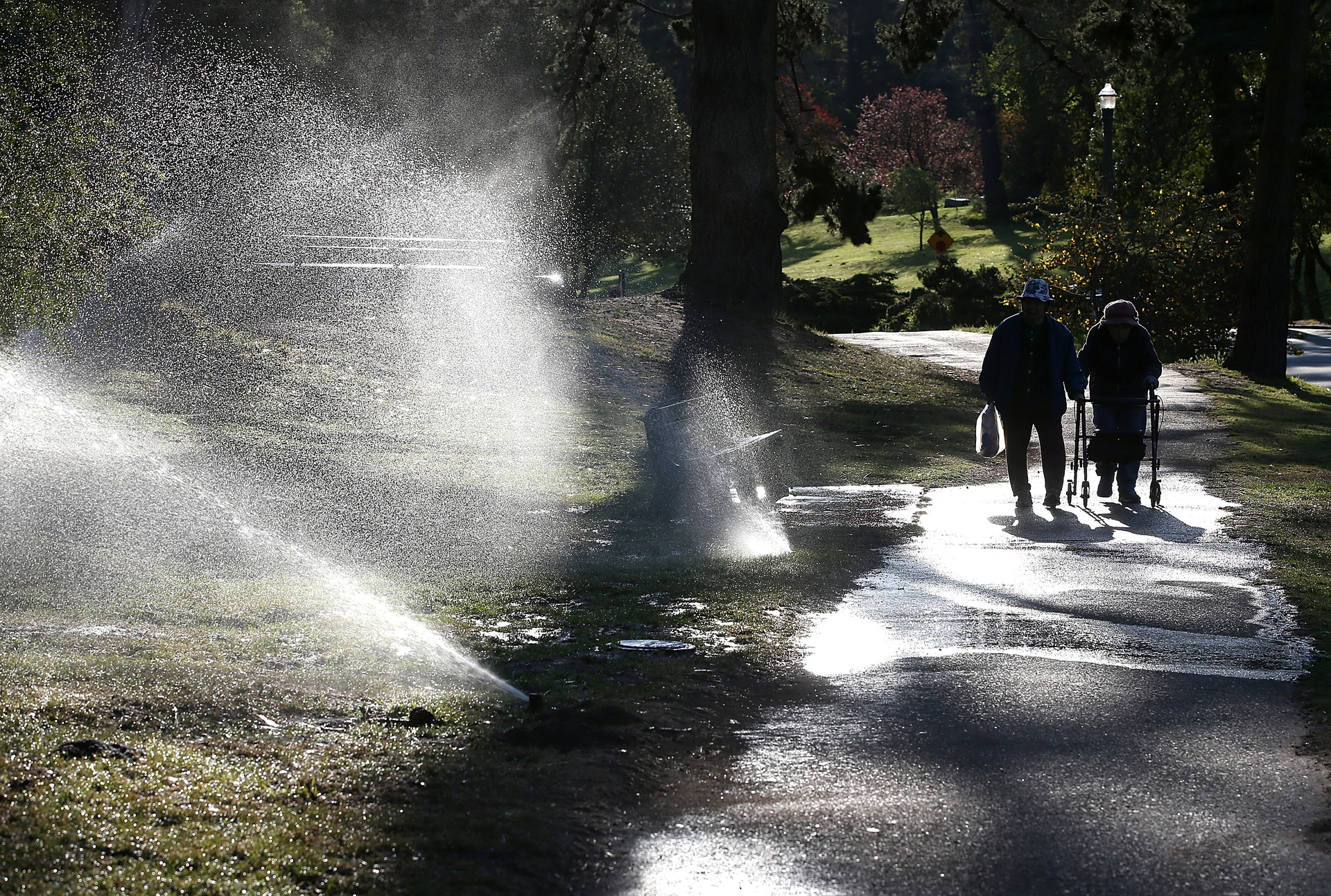
Governor Jerry Brown’s decision to put his foot down was well timed.
Reports from local water agencies around the state show that on average in February, Californians did their poorest job at conserving water since the state began tracking water use last summer. Urban water savings in February were 2.8 percent, compared to the baseline year of 2013.
Conservation efforts peaked in December at just over 22 percent savings, but December’s weather skewed the results, as property owners cut back on watering amid persistent rains.
On a per-capita basis, the State Water Resources Control Board reported that Californians’ use of water actually rose in February, from 73 gallons per person, per day, to 77 gallons.
The averages conceal the progress that many communities have made. Livermore, Tracy, Stockton and Roseville, inland cities with relatively warm temperatures and abundant lawns, all made regulators’ honor roll of towns that cut water use more than 15 percent and reduced the closely watched per capita use to under 60 gallons per day.
